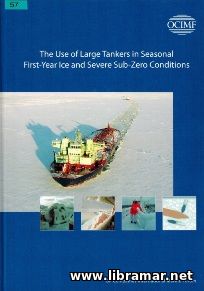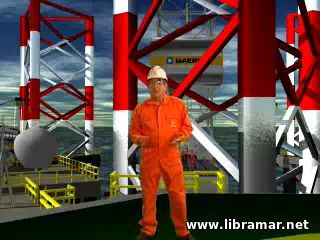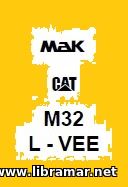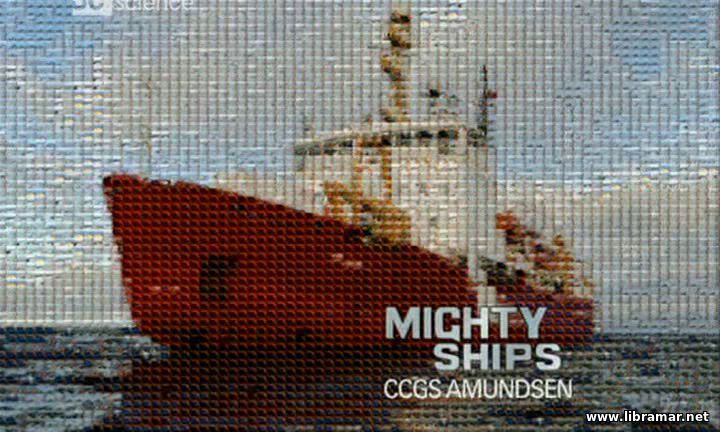THE USE OF LARGE TANKERS IN SEASONAL FIRST—YEAR ICE AND SEVERE SUB—ZERO CONDITIONS

| Author(s) | Various Authors |
| Publisher | OCIMF |
| Date | 2010 |
| Pages | 64 |
| Format | |
| Size | 24 Mb |
| D O W N L O A D | |
The main purpose of the present volume is to provide necessary guidance to the vetting/chartering groups and improve safety of tanker operations in geographical regions normally affected by such thing as the seasonal first-year ice - subject regions would include Barents, White and Baltic Seas, Sakhalin Island, Eastern Canada and Cook Inlet.
This guidebook should be primarily applied to the tankers with low or no ice class and having deadweight of fifty thousand tones or more. Note that the content of this document does not cover specialized or established ice trades utilizing high tonnage.
The charterers are recommended to limit the use of vessels with low or no ice class at all in the above stated areas as well as not to us the non-winterized vessels during sub-zero conditions defines as forecasted DMT, i.e. daily mean temperature of below fifteen degrees Celsius.
The opening section of the guide provides the information about risk assessment and vetting, professional commentary on the notations, engine power and winterization of vessels, navigation of large tankers in iced conditions, response to the oil spills and proficiency of the crew members of such ships. Some additional information is contained in the appendices, for example useful references.
The "Read Later" function allows you to add material to this block with just one click. Just click on the icon and read the articles that interest you at any convenient time.


